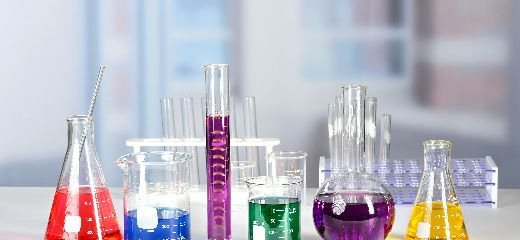
COVID-19 Outbreak-Global Food Colors Industry Market Report-Development Trends, Threats, Opportunities and Competitive Landscape in 2020
- 45903
- 26-Nov
- Chemicals
- 123
- MRR
-
Report Details
The Food Colors market revenue was xx.xx Million USD in 2019, and will reach xx.xx Million USD in 2025, with a CAGR of x.x% during 2020-2025. Under COVID-19 outbreak globally, this report provides 360 degrees of analysis from supply chain, import and export control to regional government policy and future influence on the industry. Detailed analysis about market status (2015-2020), enterprise competition pattern, advantages and disadvantages of enterprise products, industry development trends (2020-2025), regional industrial layout characteristics and macroeconomic policies, industrial policy has also been included. From raw materials to end users of this industry are analyzed scientifically, the trends of product circulation and sales channel will be presented as well. Considering COVID-19, this report provides comprehensive and in-depth analysis on how the epidemic push this industry transformation and reform. In COVID-19 outbreak, Chapter 2.2 of this report provides an analysis of the impact of COVID-19 on the global economy and the Food Colors industry. Chapter 3.7 covers the analysis of the impact of COVID-19 from the perspective of the industry chain. In addition, chapters 7-11 consider the impact of COVID-19 on the regional economy. The Food Colors market can be split based on product types, major applications, and important countries as follows: Key players in the global Food Colors market covered in Chapter 12: Frutarom Industries Ltd. Archer Daniels Midland Company FMC Corporation Sensient Technologies Corporation BASF SE Kalsec Inc. DowDuPont Fiorio Colors S.R.L CHR Hansen Holding A/S Dohler Group Naturex S.A. Koninklijke DSM N.V. Allied Biotech Corporation D.D. Williamson & Co., Inc. In Chapter 4 and 14.1, on the basis of types, the Food Colors market from 2015 to 2025 is primarily split into: Natural Colors Synthetic Colors Natural-identical Colors In Chapter 5 and 14.2, on the basis of applications, the Food Colors market from 2015 to 2025 covers: Processed Food Products Beverages Non-Alcoholic Beverages Alcoholic Beverages Geographically, the detailed analysis of consumption, revenue, market share and growth rate, historic and forecast (2015-2025) of the following regions are covered in Chapter 6, 7, 8, 9, 10, 11, 14: North America (Covered in Chapter 7 and 14) United States Canada Mexico Europe (Covered in Chapter 8 and 14) Germany UK France Italy Spain Russia Others Asia-Pacific (Covered in Chapter 9 and 14) China Japan South Korea Australia India Southeast Asia Others Middle East and Africa (Covered in Chapter 10 and 14) Saudi Arabia UAE Egypt Nigeria South Africa Others South America (Covered in Chapter 11 and 14) Brazil Argentina Columbia Chile Others Years considered for this report: Historical Years: 2015-2019 Base Year: 2019 Estimated Year: 2020 Forecast Period: 2020-2025
-
Table Of Content
More...
Table of Content 1 Food Colors Introduction and Market Overview 1.1 Objectives of the Study 1.2 Overview of Food Colors 1.3 Scope of The Study 1.3.1 Key Market Segments 1.3.2 Players Covered 1.3.3 COVID-19's impact on the Food Colors industry 1.4 Methodology of The Study 1.5 Research Data Source 2 Executive Summary 2.1 Market Overview 2.1.1 Global Food Colors Market Size, 2015 ? 20
-
Inquiry Before Buying
-
Request Sample
